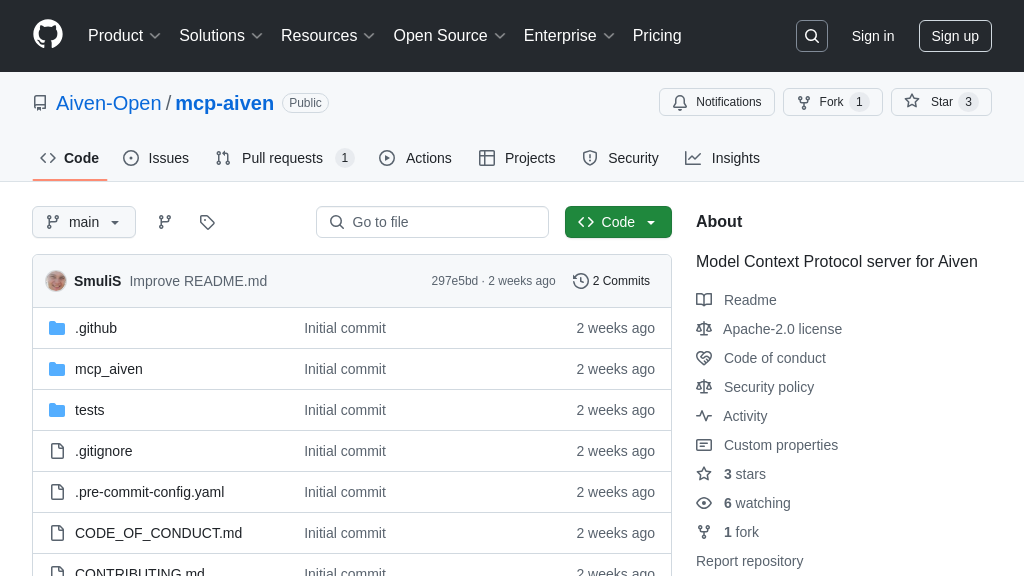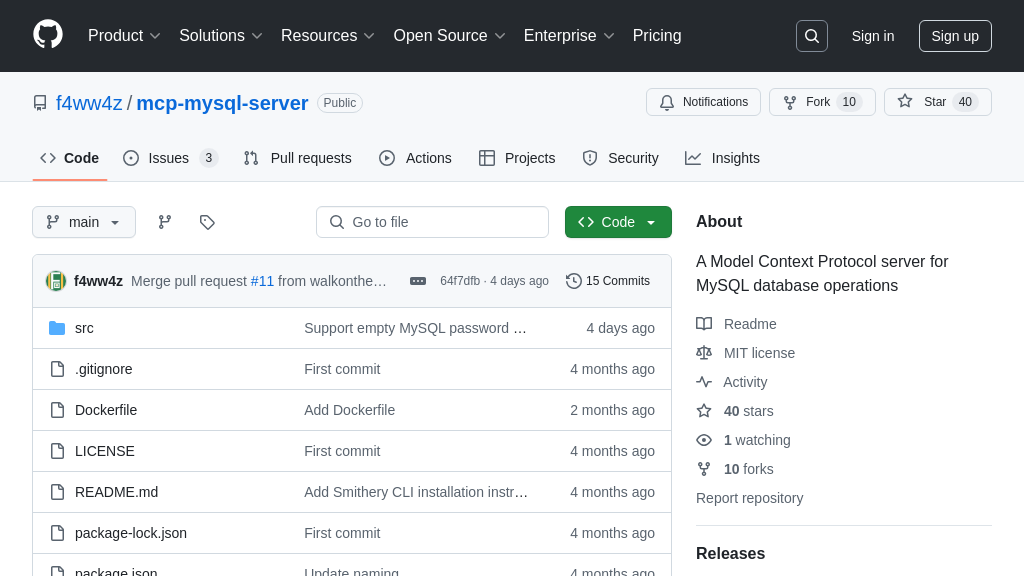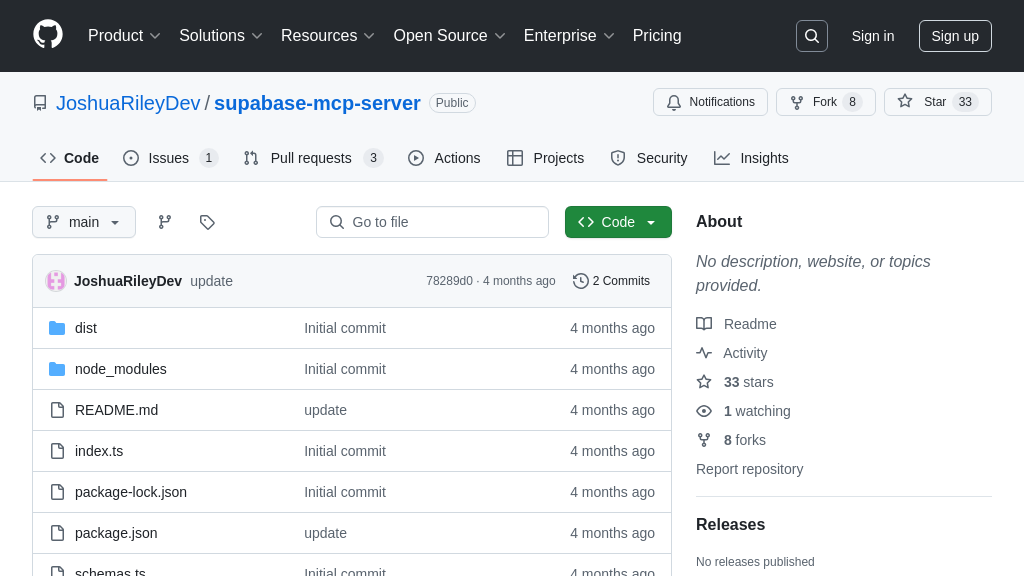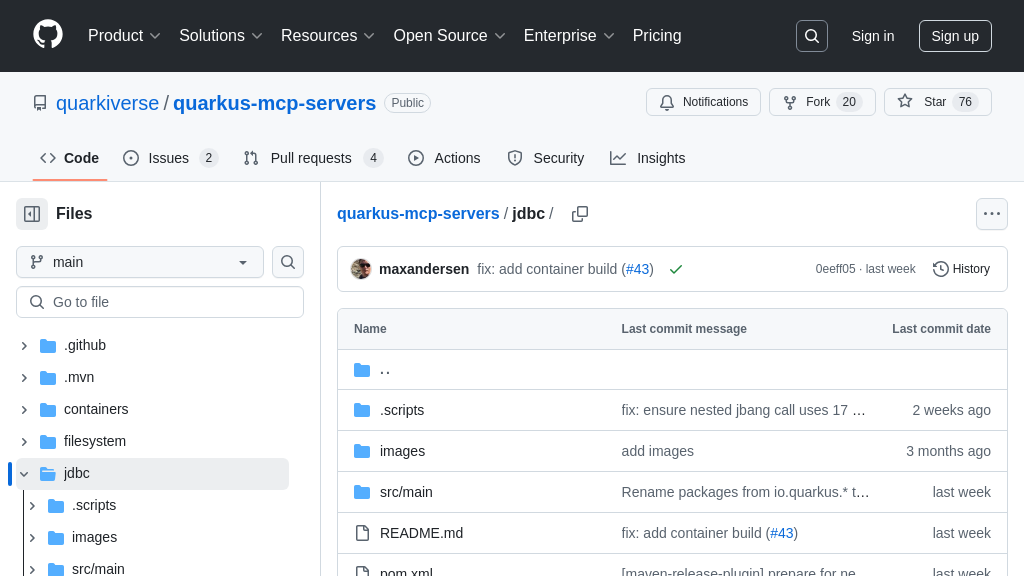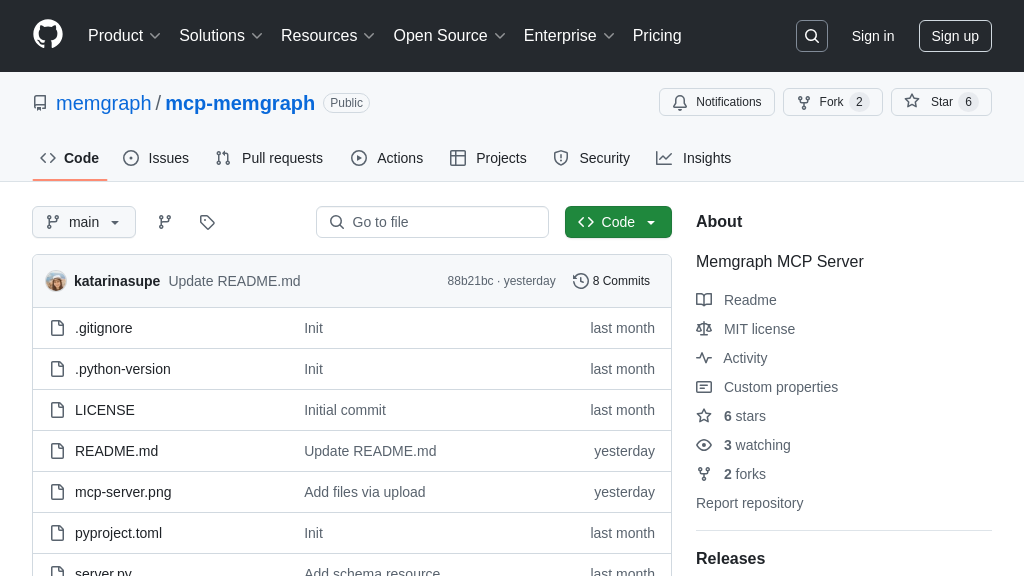mcp-odbc-server
MCP ODBC Server: Securely connects AI models to databases via ODBC. Enables SQL/SPARQL queries for intelligent data interaction.
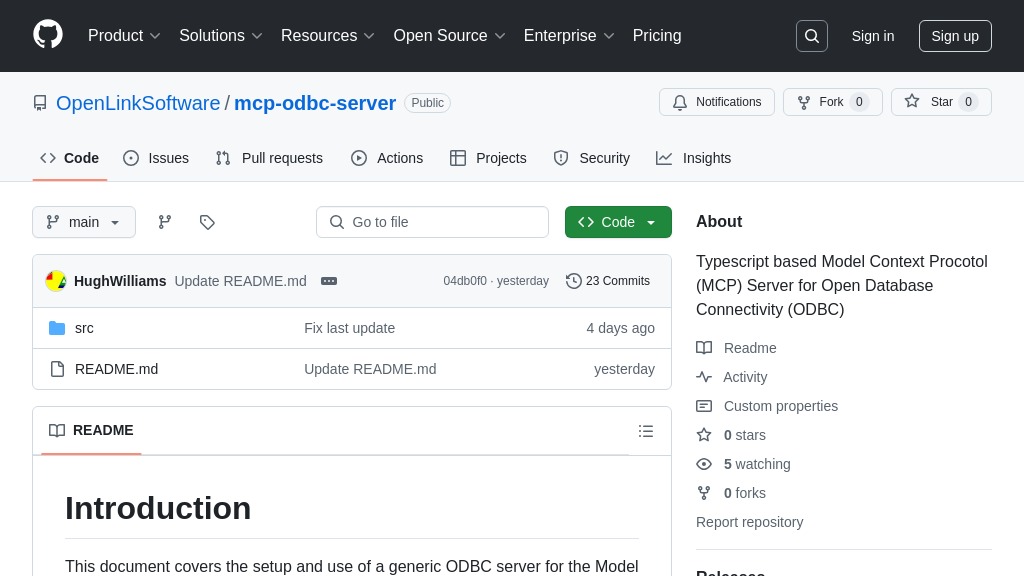
mcp-odbc-server Solution Overview
The mcp-odbc-server is an MCP server designed to provide AI models with seamless access to data sources accessible via ODBC. It empowers AI models to interact securely with various databases through Data Source Names (DSNs) configured for specific ODBC connectors. This server acts as a crucial bridge, enabling AI models to execute SQL and SPARQL queries, retrieve database schema information, and explore table descriptions.
Built using TypeScript and leveraging the node-odbc library, the mcp-odbc-server supports a range of tools, including query_database, execute_query, and sparql_query, allowing for versatile data interaction. By integrating with MCP clients like Claude, Cline, and Cursor, it allows AI models to directly query and retrieve data from ODBC-connected databases. The core value lies in simplifying data access for AI, eliminating the complexities of direct database connections and enhancing the AI's ability to leverage structured information. This is achieved through standard input/output or HTTP/SSE, ensuring compatibility and ease of integration.
mcp-odbc-server Key Capabilities
SQL/SPARQL Query Execution
The MCP ODBC Server enables AI models to execute SQL and SPARQL queries against ODBC-accessible databases. It acts as an intermediary, translating requests from the AI model into database queries and returning the results in a structured format (JSONL or Markdown). This functionality allows AI models to access and process data stored in various relational databases without needing specific database connectors within the AI model itself. The server leverages the node-odbc library to interact with the ODBC driver manager, ensuring compatibility with a wide range of DBMS. This empowers AI models to perform data analysis, retrieval, and manipulation tasks directly on the database.
For example, an AI model could use this feature to retrieve customer data from a CRM database by executing a SQL query like "SELECT * FROM Customers WHERE City = 'New York'". The server would then return the results in JSONL format, which the AI model can easily parse and use for further processing, such as generating personalized marketing content. The technical implementation involves using the query_database, execute_query, execute_query_md, spasql_query, and sparql_query tools, which are exposed through the MCP protocol.
Database Schema Discovery
The server provides tools for AI models to discover the structure of the underlying databases. This includes listing available schemas, tables within a schema, and detailed descriptions of each table's columns, data types, and constraints. This capability is crucial for AI models to understand the data available and construct valid queries. Without this, the AI model would need prior knowledge of the database schema, limiting its flexibility and adaptability. The schema discovery tools significantly reduce the need for manual configuration and allow the AI model to dynamically adapt to different database structures.
Imagine an AI model tasked with generating reports from a previously unknown database. Using the get_schemas and get_tables tools, the AI model can first identify the available schemas and tables. Then, using the describe_table tool, it can retrieve detailed information about each table's columns, including data types and primary/foreign key relationships. This information allows the AI model to construct appropriate SQL queries to extract the necessary data for the report. The technical implementation relies on ODBC metadata retrieval functions exposed through the node-odbc library.
Secure Data Access via DSN
The MCP ODBC Server utilizes Data Source Names (DSNs) to manage database connections. DSNs provide a layer of abstraction, allowing administrators to configure connection parameters (database server, port, username, password) separately from the AI model. This enhances security by preventing sensitive credentials from being directly embedded in the AI model's code or configuration. It also simplifies database connection management, as changes to the database connection can be made by modifying the DSN configuration without requiring changes to the AI model.
Consider a scenario where an organization needs to migrate its database to a new server. By using DSNs, the organization can simply update the DSN configuration to point to the new server without modifying the AI model's code. This significantly reduces the risk of errors and downtime during the migration process. The technical implementation involves reading the DSN configuration from the odbc.ini file (specified by the ODBCINI environment variable) and using the configured parameters to establish a connection to the database.
Integration with Virtuoso
The MCP ODBC Server offers specific support for Virtuoso, a multi-model database management system. This includes a specialized tool, virtuoso_support_ai, designed to interact with the Virtuoso Support Assistant/Agent. This integration allows AI models to leverage Virtuoso's unique capabilities, such as its support for SPARQL queries and its ability to manage both relational and graph data. This specialized support enhances the AI model's ability to work with complex data structures and perform advanced data analysis tasks within the Virtuoso environment.
For instance, an AI model could use the virtuoso_support_ai tool to query a knowledge graph stored in Virtuoso and retrieve information about relationships between entities. This information could then be used to generate personalized recommendations or to answer complex questions based on the knowledge graph. The technical implementation involves using Virtuoso-specific APIs and protocols to interact with the Virtuoso Support Assistant/Agent.
